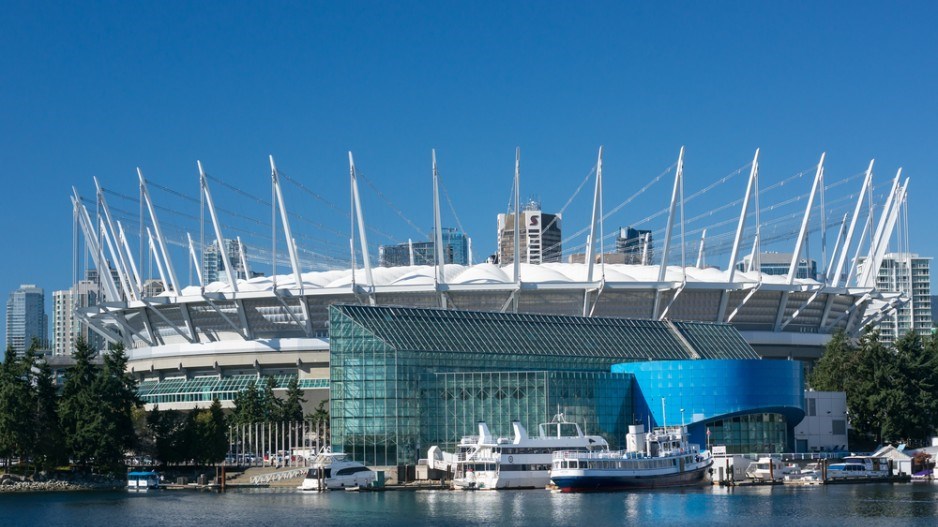The Canadian Soccer Association (CSA) is claiming the FIFA Women’s World Cup Canada 2015 spurred nearly $83 million in economic activity in Vancouver, but it’s not releasing the report on which it based that estimate.
The CSA released the top-line numbers November 5 based on Canadian Sport Tourism Alliance estimates for the six-city, 52-match June 6 to July 5 tournament and the 2014 test event, the Under-20 Women’s World Cup.
The CSA claimed the two tournaments generated $249 million in gross domestic product across the country and that the 2015 event generated $20.1 million in federal, provincial and municipal taxes in Vancouver, the site of the July 5 final at BC Place Stadium.
It also reported that 174,000 visitors made an overnight visit to one of the six host cities, including 96,000 from the U.S. Many of the American visitors came to Vancouver to attend the U.S. team’s first round match against Nigeria and to see the dethroning of Japan in the championship.
Tourism Vancouver overnight visitors statistics for June and July show a 38,000-person increase over the same two-month period from a year earlier, although the Women’s World Cup coincided with the cruise ship season and unrelated events at the Vancouver Convention Centre.
In 2015, there were 207,464 overnight stays by U.S. tourists in June and 292,333 in July, up from 200,496 and 261,001 the year earlier. The World Cup final drew an estimated TV audience of 25.4 million on Fox in the U.S.
The tournament ran on a $90-million budget, of which $27 million came from the federal government and host provinces. The financial report is not expected until spring. The City of Vancouver subsidized the $1.2-million FIFA Fan Zone, B.C. contributed $2 million to the national organizing committee and the B.C. Pavilion Corp. spent $1.357 million on a new artificial turf field. The CSA contributed $400,000 to the new pitch and paid $1.4 million on July 24 for using BC Place, according to figures released under Freedom of Information.
The nine matches on seven days at BC Place drew 299,516.
The Women’s World Cup was the first major FIFA event after the world soccer governing body was rocked by corruption and bribery charges against senior officials in Switzerland and the U.S.
Sports economist professor Victor Matheson of the College of the Holy Cross has frequently cautioned that economic impact figures released by mega-event promoters are inflated and tend to rely on input-output modelling.
“While most sports boosters claim that mega-events provide host cites with large economic returns, these same boosters present these figures as justification for receiving substantial public subsidies for hosting the games,” Matheson wrote in the 2006 report Mega-Events: The Effect of the World’s Biggest Sporting Events on Local, Regional, and National Economies. “The vast majority of independent academic studies of mega-events show the benefits to be a fraction of those claimed by event organizers.”
Matheson found that many large sporting events happen in areas already popular with tourists, such as Vancouver.
“If hotels and restaurants in the host city normally tend to be at or near capacity throughout the time period during which the competition takes place, the contest may simply supplant rather than supplement the regular tourist economy,” Matheson wrote. “In other words, the economic impact of a mega-event may be large in a gross sense but the net impact may be small.”
The CSTA model is based on capital and operating expenditures by organizers, media and sponsors on goods, services and employee salaries and on tourist spending.




